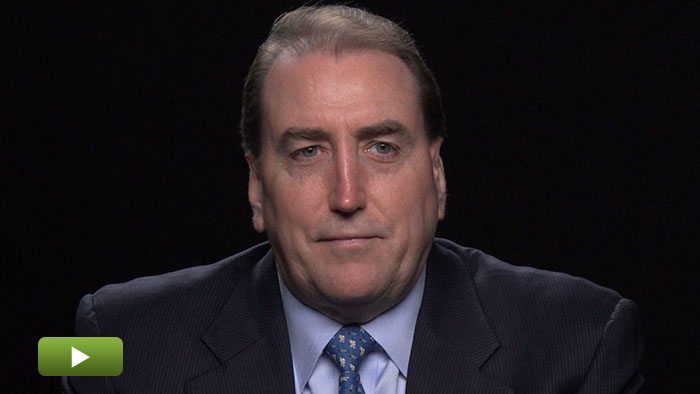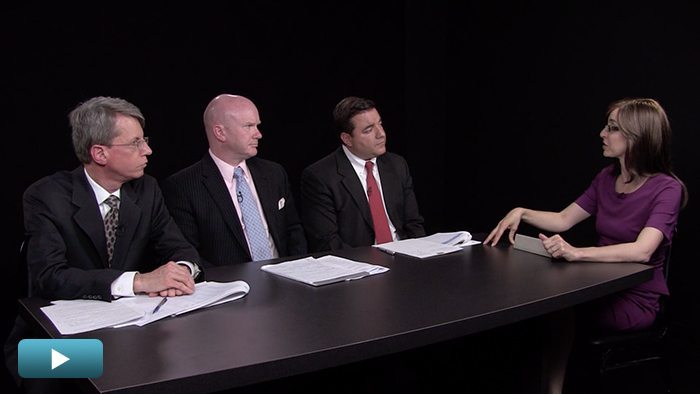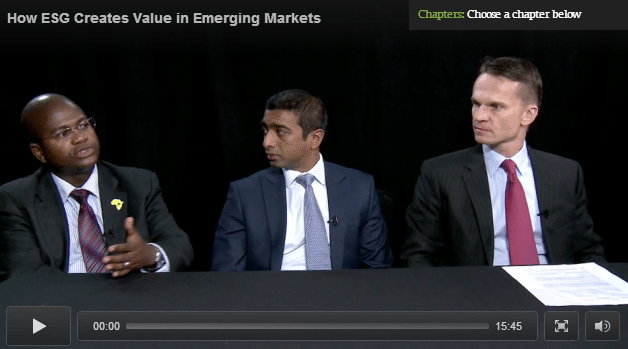Why ‘Rinse and Repeat’ Value-Add Helps GPs Win
The head of private equity for SAP, Tamas Hevizi, shares what he has learned about operating platforms after having worked with more than 100 PE clients. The ability to quickly implement repeatable value-creation strategies and an expertise with specific industry dynamics increases the chances of success. Plus: Why China is emerging as a center of private equity innovation in value creation.
Transcript Download Transcript
Why “Rinse and Repeat” Value-Add Helps GPs Win
With Tamas Hevizi of SAP
David Snow, Privcap:
Today, we’re joined by Tamas Hevizi of SAP. Tamas, welcome to Privcap. Thanks for being here.
Tamas Hevizi, SAP:
Thanks, David.
Snow: With more than 100 private equity clients around the world, SAP is in a unique position to observe the different ways that GPs say they add value and actually do add value. Can you talk a bit about the importance of GPs now having to meticulously demonstrate that they actually create value in a methodical way after the investment is done?
Hevizi: Absolutely. And maybe, David, I can address why SAP—a software company—is even talking about this subject. For the last 12 years, we had a very strong focus on value creation. And we came down to three things which are very common in private equity and easy to observe.
One is speed to value: how fast can I get the value I’m targeting? The second concept we focus on is efficiency of value: how much does it cost me in resources and time and money to get to that value in the initiative? The third one is scale: can I repeat this? Can I do what I just did in this initiative again and again and again?
In a normal commercial enterprise, it’s less important. But in private equity, it’s very important, because private equity loves rinse and repeat. So, when we look at repeatability, we believe it’s very important. There are great ways to create value in private equity—don’t get me wrong. Repeatability is one end of the spectrum, and a unique deep dive and understanding the uniqueness of a business and a target is the other end of the spectrum.
Snow: You mentioned “rinse and repeat.” Let’s talk about that in a bit more detail. Walk us through an aspect of value creation that is highly repeatable or that you’ve seen firms across different industries target.
Hevizi: What we have seen is certain levers are easy to use across industries or across sectors. One of them is low-cost sourcing or leverage procurement in general.
There’s generally a thesis that firms that invest in large portfolio companies—the portfolio companies have a very decent procurement process and they do.
Many times, and we’ve seen this with multi-billion dollar portfolio companies—they can still take 10%, 20% off in categories where they thought, “Hey, we probably got the best terms or best deals we could.” So, identifying those savings areas is still very important. Leverage procurement and procurement in general works. And, by the way, many firms go after them.
The other area is commerce in general, or e-commerce or multi-channel commerce. Especially if you think about taking a brick–and–mortar business online or expanding their online footprint to mobile, again, there are predictable steps you can take. The technology is well-defined. Processes are fairly well-defined industry by industry.
Snow: Let’s talk about the model for portfolio company operational improvement that you’ve seen across the spectrum of private equity firms you work with. How do they typically differ from each other and how would you categorize the different models for operations?
Hevizi: This is a fascinating topic, very well–discussed among the firms and maybe in your forums as well. We work with firms on pretty much every continent. And, basically the way we think about it, there are focused operating models and there are generalist operating models. Both work and they work with the style of the firm. And focus could be either a sector-focused firm. They’re already focused on two, three sectors. It’s very easy to come back to the point about repeatability, to identify the typical patterns of business success early in due diligence or right afterward. Agree with management that those can be improved, and implement a mitigation plan or a joint initiative.
Generalist—I think can come up with some unique ideas, but they have to rely on outsiders a lot more. Eventually, coming back to my earlier point, it takes more time. You can get great experts, but you have to find them. Even if they were on retainer, you have to bring them in-house, work on initiative.
Snow: Maybe we can end on a deeper dive into the point you made about the speed of execution being so important. Talk a bit more about that. Why is that such an important aspect of private equity value creation? Is this not a long-term asset class? And private equity firms have years of holding time to improve a company.
Hevizi: You know, it’s very interesting. I was talking to one of my clients and he said, “There’s only two things you need to make money: you need cash or capital. You need time. And, basically, you have compounded interest and you make money.” He also said you can buy cash. The cheapest thing on the planet right now is money. You cannot buy time. So, when I do things, speed is the most important element in the investment.
If you can press the upfront time, we know that this particular business initiative is going to work. It has worked many times. The likelihood of success is high. The management trusts the process because they’ve seen it elsewhere in other portfolio companies. The providers can step up to the challenge and help out. All of a sudden, the time spent on analysis and evaluation is compressed.
Snow: You work with clients around the world. Have you seen pockets of innovation as far as how private equity firms add value coming from places other than the most mature market, which is the U.S.?
Hevizi: Most of the innovation in private equity and operation used to come from the U.S. and maybe London. We’re seeing emerging innovation coming from Asia. The reason is there are firms that almost approach their portfolio companies with a success template. It’s sort of Westernized business processes with a component of set of business process improvements, technology enablement.
There are a variety of reasons they do this. One is talent. They can get the same talent we can get in the Western world. But also because they believe everything we talk about. If they can start early with the portfolio company in an initiative, they can get the benefits early. That multiple they are enjoying, or are still enjoying in Asia over revenues or earnings or cash flow, can accrue to them much, much faster. I’ve seen operating teams of 60 or 70 people doing things in Asia that most GPs cannot afford to do in the Western world. It’s fascinating what’s happening there and I think it’s worth it for some of the GPs to look east, in this sense.




